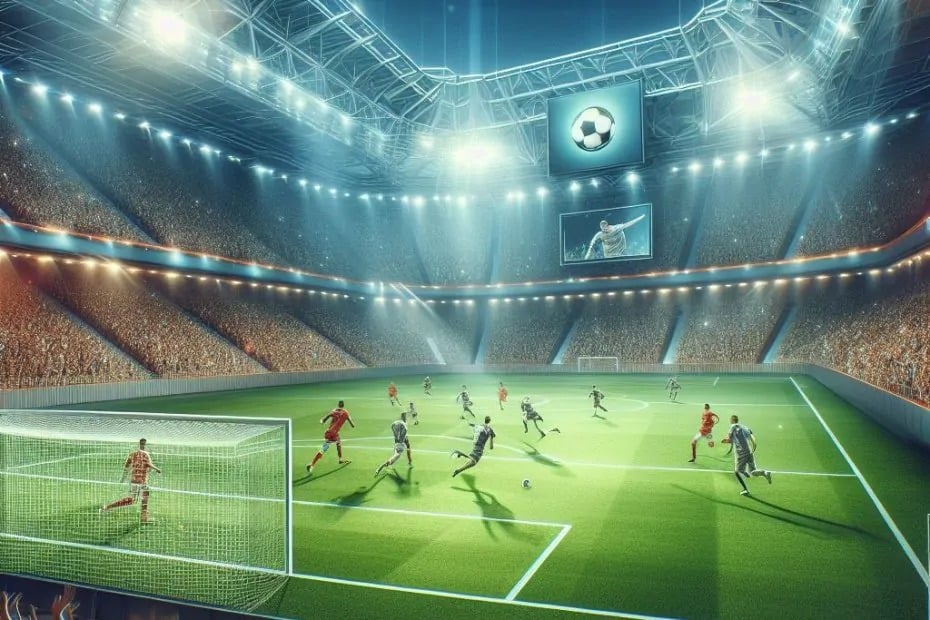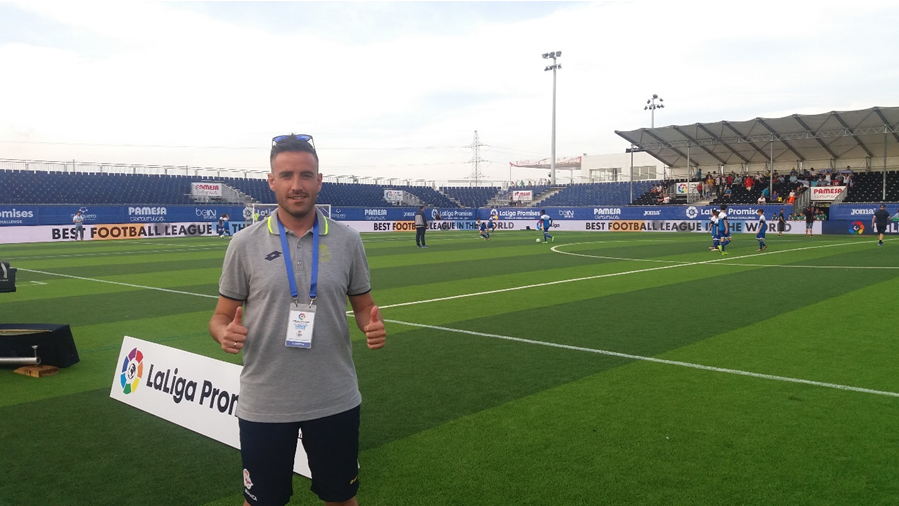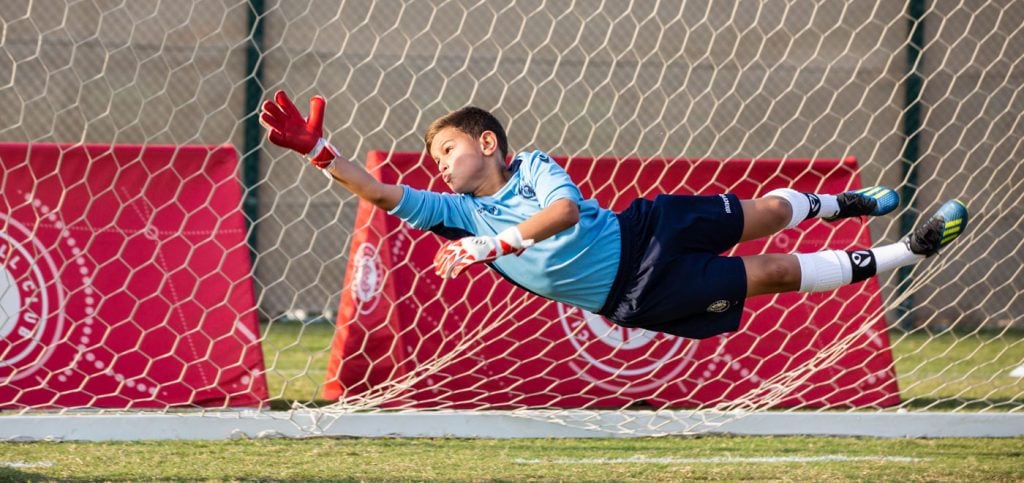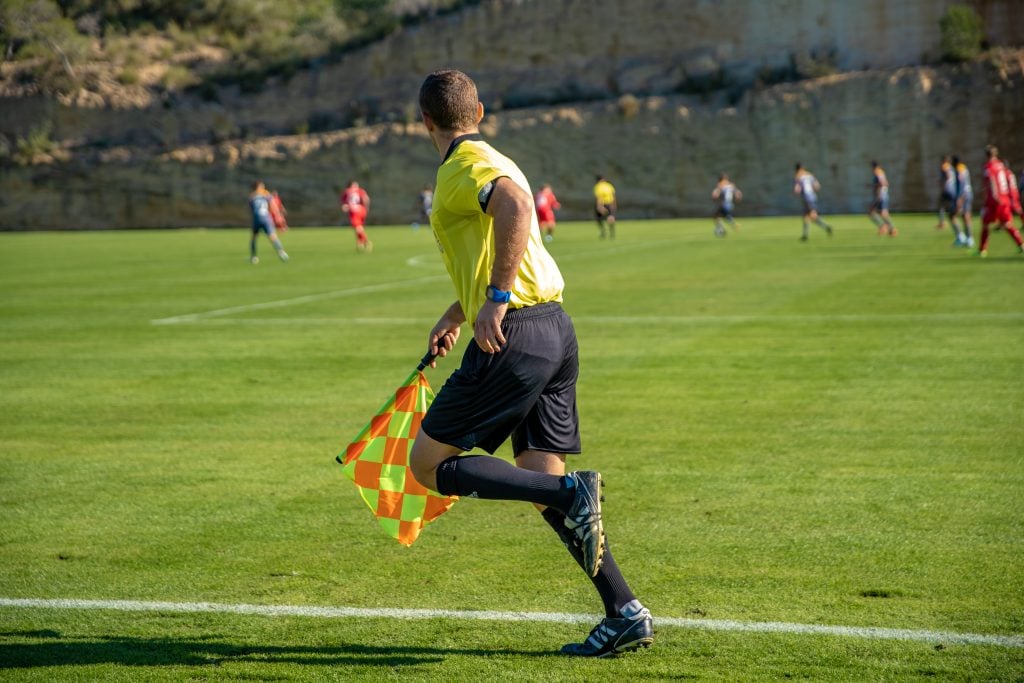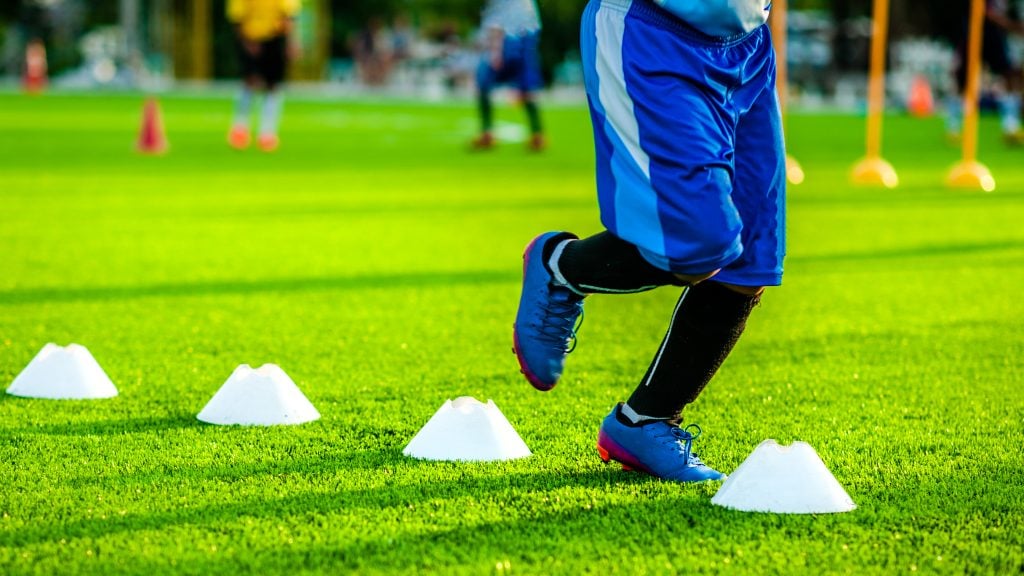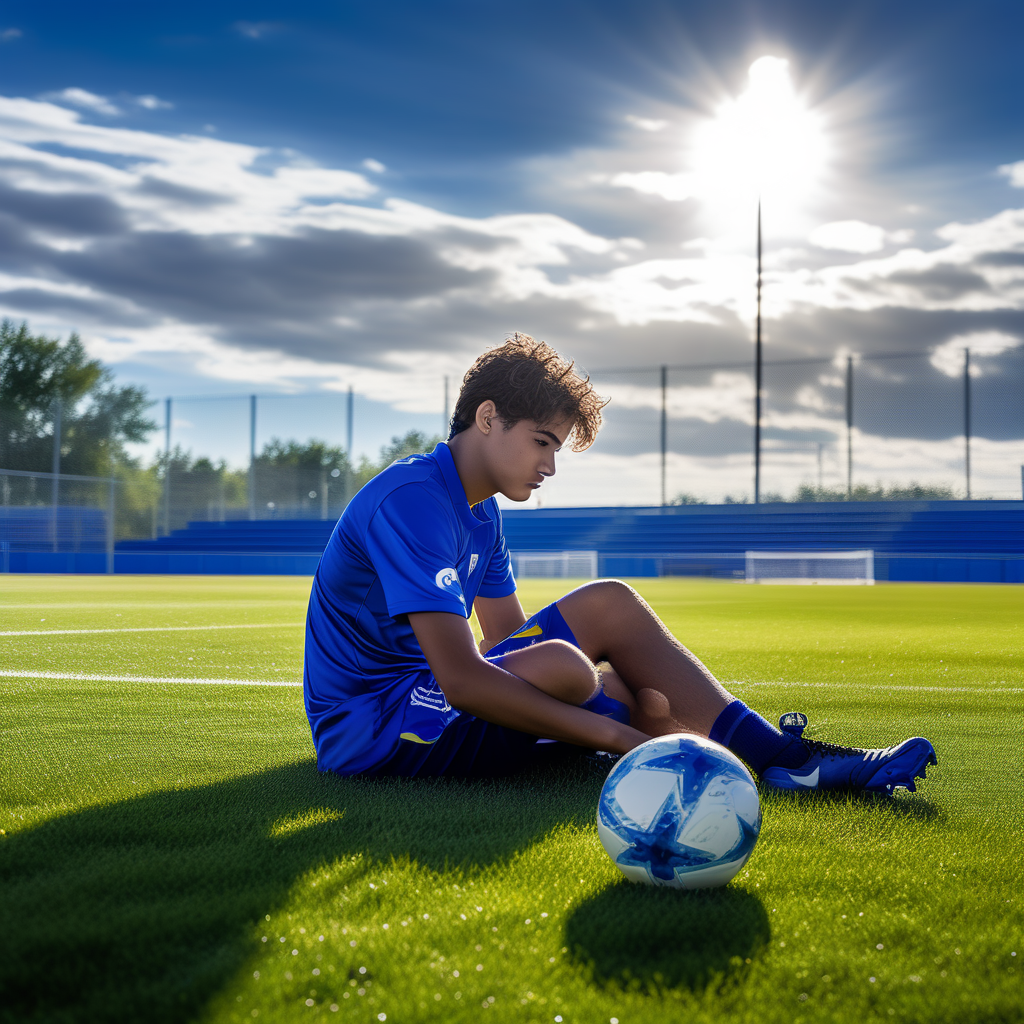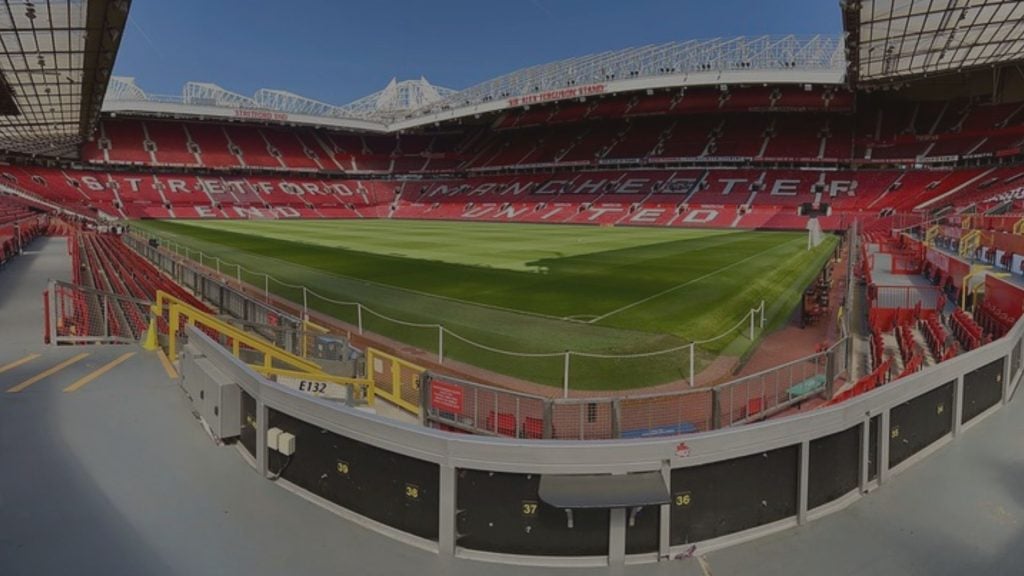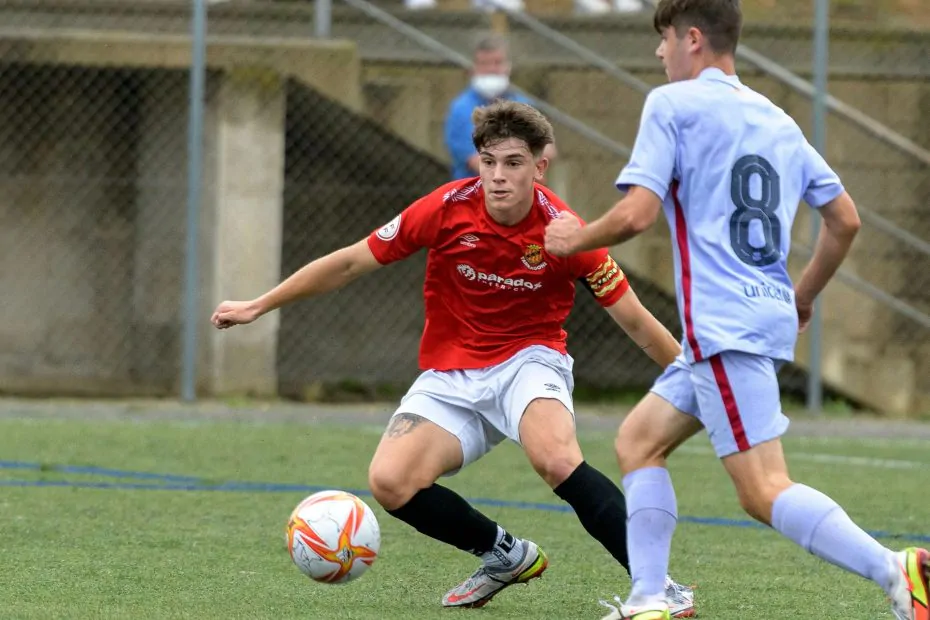Football shin guards are essential elements in the football equipment, as well as in other sports such as baseball, rugby, or hockey, due to their effectiveness in preventing shin injuries.
THE IMPORTANCE OF SHIN GUARDS
Shin guards, also known as shin protectors, are nowadays mandatory in most competitions, and are required by professional clubs, sports schools and reputable football academies that are concerned, above all, about the safety and well-being of their football players.
It should not be forgotten that the tibia (which is the bone we commonly call the shin bone) for the most part does not have the protection of an anterior muscle to absorb an impact, as it is located directly under the skin, so a trauma to this area is very likely to lead to an injury, which if particularly strong or unlucky would turn into a fracture. Such an injury is particularly painful because the periosteum, which is the thin membrane covering the bone, is a tissue that has multiple nerve endings, which become pain receptors in this case.
Therefore, we will see that the main function of the shin guards is to protect the tibia by providing shock absorption thanks to a double system. On the outside it is stiffer, with a material covered in polyurethane, thanks to which the impact, whether from collisions with rival players or between teammates, is reduced. But at the same time, the inside is covered with another type of material, which is usually softer, spongier, and smoother.
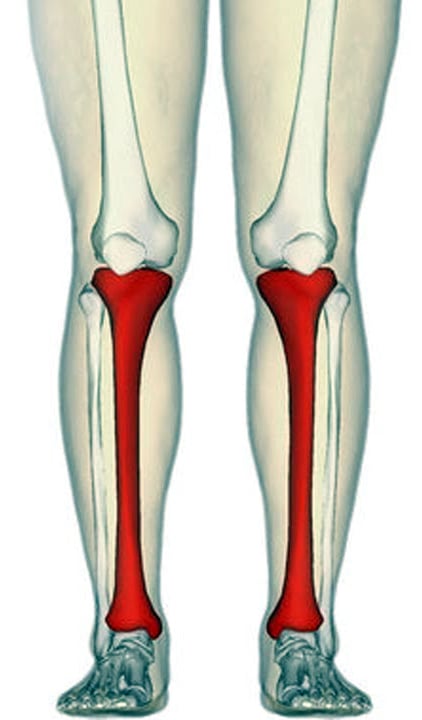
THE ORIGIN OF SHIN GUARDS
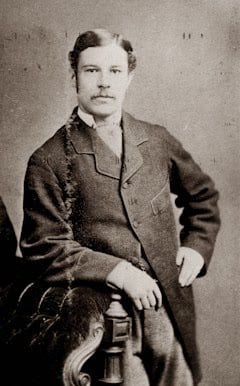
Sam Weller Widdowson
Given their efficiency, simplicity and economy, it is not surprising that they have been made compulsory on the field of play, although their use was widespread at the end of the 19th century, and in 150 years the system has changed very slightly, modifying its geometry, its fixings or simply implementing the use of new, more adequate and resistant materials in its manufacture, adapting it to the player and his needs, as we will see later on.
If we dig a bit into the history of football shin guards, one name emerges: Sam Weller Widdowson (1851-1927). This English footballer from Nottingham, who was also a cricketer, was quite famous in his day for his speed, ability, and strength, which made him a great athlete. Let’s not forget that, at this time, football was less technical and more contact-based, so the physical strength of a player could be a decisive element in the winning of a match.
In these circumstances, Sam made a decision: he grabbed some cricket pads, cut them down to size and strapped them to his socks with leather straps, creating rudimentary but very effective shin guards. As is usually the case when something completely novel comes along, the first thing his shin guards provoked was mockery and scepticism as a ridiculous idea, but the evidence soon spoke for itself: he received fewer injuries and, if any, they were less severe. Conclusion: his popularity grew rapidly, and within a very short time all his teammates (and other colleagues from rival teams) had their own shin guards.
CHOOSING YOUR FOOTBALL SHIN GUARDS
Nowadays, every player is aware of its importance and recognises that it is an essential element, so one of the first things he must learn is how to choose his shin guards and how to put them on correctly.
When fitting them, it is important to bear in mind that if the shin guards are badly fitted, they can cause pain. Good protection does not mean that it must hurt, on the contrary. The purpose is to provide safety but also efficiency, and it is obvious that a player with discomfort cannot be at his best. And if they are too loose, they can fall off or come loose in the middle of a match.
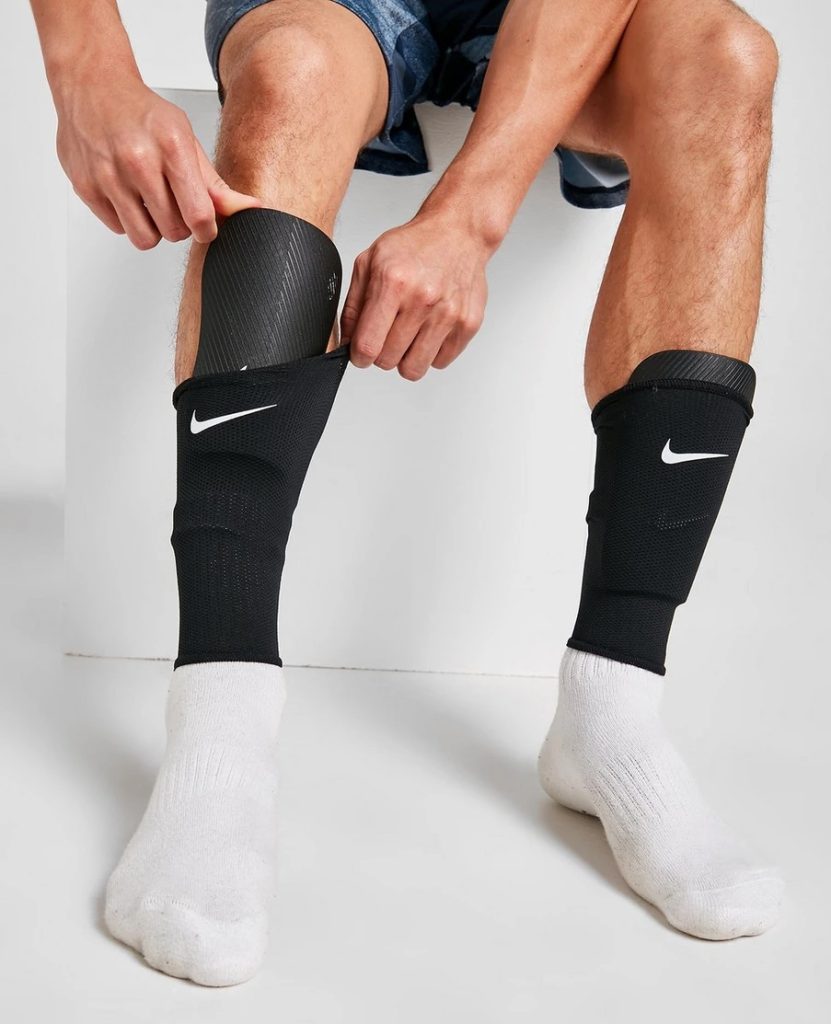
When choosing any type of equipment for sports practice, whether shin guards, football boots or any other gear, the athlete will have to observe different factors, all of which are important and must be considered. In this case they would be:
- SIZE. For a correct fit to the leg, it is important to ensure that they fit properly and that the correct size is chosen, which will be determined by the player’s height. The aim is for the shin guard to cover most of the area between the ankle and the knee without hindering movement, so this area (about five centimeters below the knee and above the ankle) should be measured lengthwise, but also width wise. In this sense, the most common is to find standard sizes (XS, S, M, L, XL…), although there are specialised shops that manufacture made-to-measure shin guards, as we will see later on.
- TYPES. Nowadays, those football shin guards fastened with leather straps have evolved, presenting a varied typology, each one with its specific characteristics that can vary the levels of protection, flexibility, and comfort:
- SLIDERS. These are protective plates that are placed under the sock as a shield, which allows better mobility for the athlete. Usually, if the sock fits well, the shin guard does not move, although they are usually secured with cuffs or straps, which may or may not be adhesive, to prevent them from slipping out of place during a match or training session.
- SHIN SOCKS. They are a similar concept to sliders, except that in this case the shin guard is integrated into the sock as a reinforcement, which simplifies placement. This simplicity has made this kind of shin guard the favourite of the most novice players, especially in training.
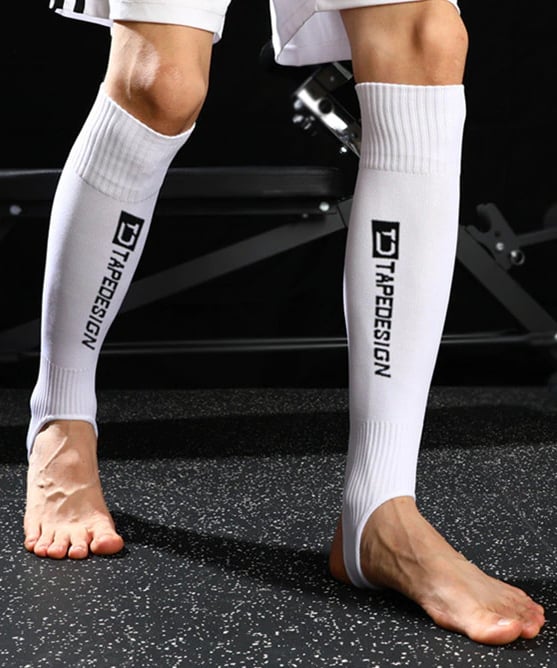
- SHIN GUARDS FOR THE ANKLES. These protectors have the advantage of including padded ankle pads that surround both sides of the ankles to avoid knocks in this area, and even to strengthen them in case of a possible injury. They are usually recommended for younger and inexperienced players, and depending on the model, they can be fully integrated or removable, so that, as you gain experience and progress, or if you want greater mobility, you can separate the ankle protection from the main shin guard and leave the shin guard alone. The fastening system is not too complicated, as the part of the foot is placed as a stirrup, being fastened by the sole of the foot, and the rest of the shin guard is attached above the calf, with straps, elastic bands or similar.
- POSITION OF THE PLAYER. The specialisation in this type of protection has reached such an extent that the sports equipment manufacturers have developed different types of shin guards depending on the position the player occupies on the pitch.
- DEFENDER. They are the ones with more contact and may sacrifice speed at a certain moment for strength and resistance, so shin guards with greater hardness have been designed for them, and even with ankle pads, although they may be a little heavier.
- GOALKEEPER. This is just the opposite case. They have almost no contact, so what is really important here is not to reduce their agility. Lighter and softer shin guards have been designed for them, even at the risk of losing some protection.
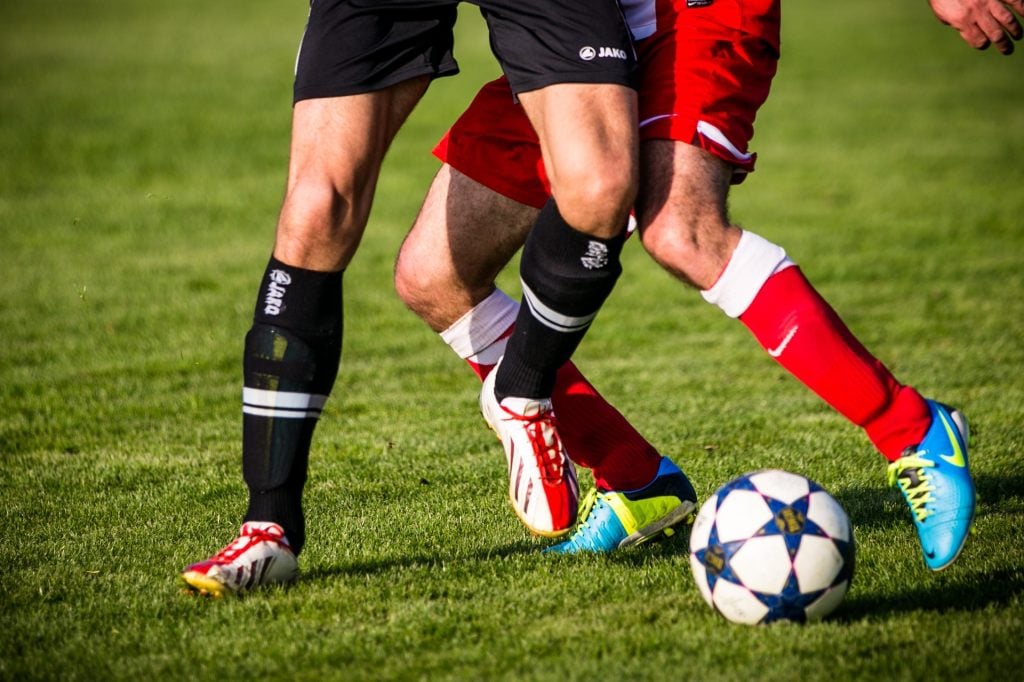
- MIDFIELDER. This position requires a balance between flexibility and strength. The player cannot lose speed but must be well protected against a possible rougher attack.
- FORWARD. This player will need strong shin pads to protect him from a hard collision with a defender, but above all he will need speed and skill to run the last few yards to the goal without running into the defender. Therefore, the striker will need small, lightweight shin guards that do not restrict his mobility.
- SHIN PADS ACCESSORIES. These are some elements that complement the shin pads, either as a support or as a protection.
- CUFFS. These are special compression stockings that are used to better hold the sliding shin guards and prevent them from slipping during the match.
- STRAPS. Like the cuffs, they are used when the athlete is wearing sliding shin guards and help to hold them in place so that they do not move.
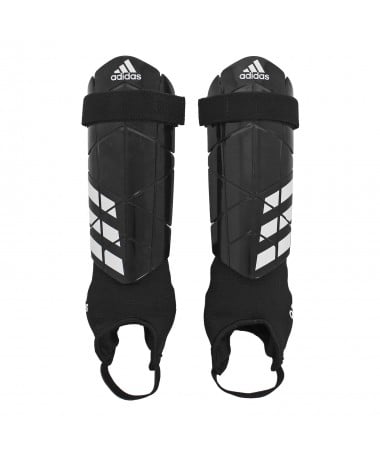
- ADHESIVE. They can function as a plaster or by cohesion, and directly fix the shin guard to the leg. This type of fastening allows a customised adjustment according to the athlete’s preferences.
- HOOK OR VELCRO. Usually used when adhesive tapes are more uncomfortable or cause discomfort.
- ANKLE PROTECTOR. They fulfil the same function as the shin guards for the ankles and their placement is similar, placing the heel in a stirrup, the difference being that they are separate.
CUSTOM-MADE SHIN GUARDS
As we mentioned when we talked about the sizes of your football shin guards, nowadays you can choose to have these necessary protections made to measure, thanks to the use of artificial intelligence, scanning the player’s leg and making a virtual mould that will provide exact measurements and contours.
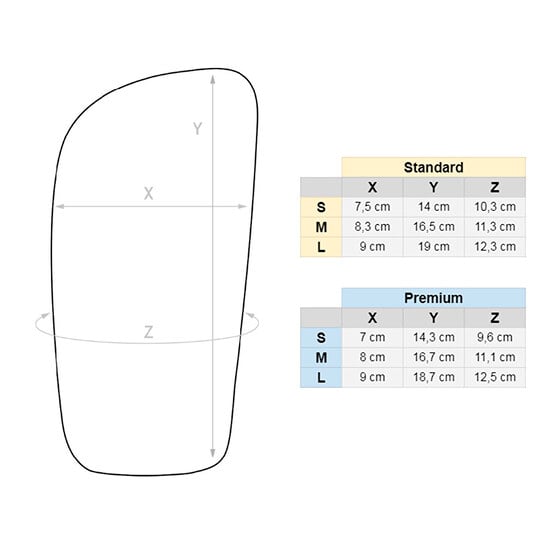
WHEN DO FOOTBALL SHIN GUARDS NEED TO BE REPLACED?
Experts recommend that shin guards should be replaced as soon as they become damaged, as it is understood that they cannot effectively fulfil their protective function and can become dangerous if they break and stick in the player’s leg.
To make sure that this does not happen, it is as easy as checking their condition before putting them on and making sure that they have not lost rigidity and are not seriously deteriorated.
REFERENCES
[https://www.misentrenamientosdefutbol.com/diccionario/espinilleras]
[https://cuidateplus.marca.com/ejercicio-fisico/2019/04/21/-funcion-espinilleras-170022.html]
[https://espinilleraspersonalizadas.es/sam-weller-widdowson-inventor-las-espinilleras]
[https://www.ertheo.com/academia-futbol-anual]
[https://www.ertheo.com/blog/como-elegir-botas-futbol/tipos-de-botas-de-futbol-ertheo]

